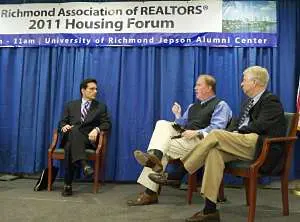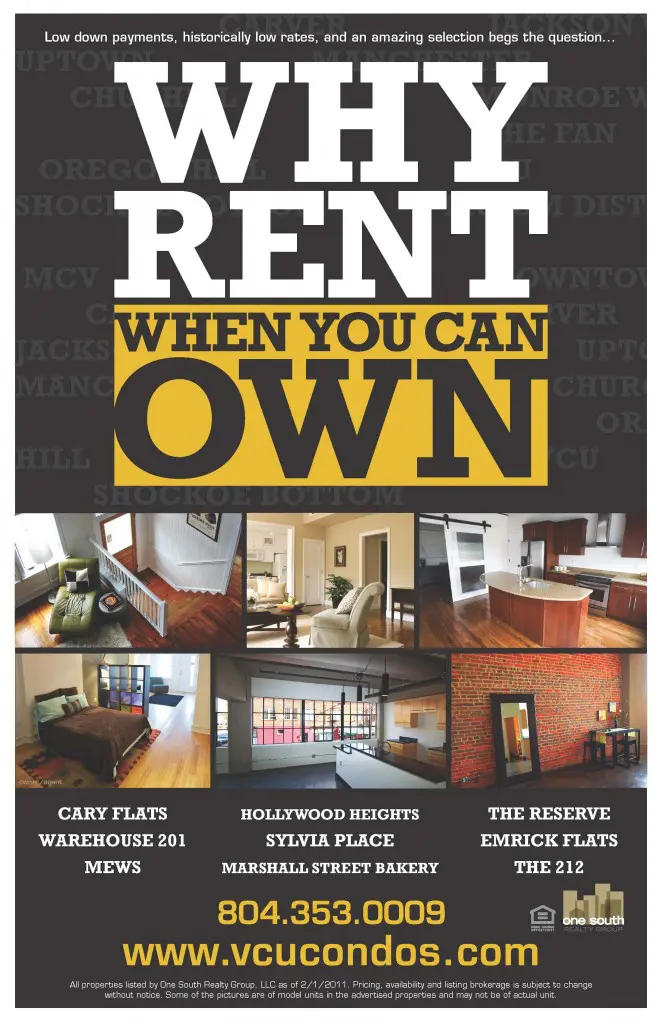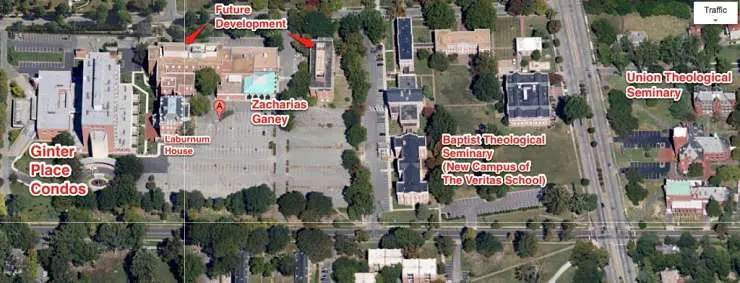This is a 4 part series about how the housing market is far too sensitive to the effects of government. Each section is below:
- Part One (here) – Mortgages and the GSE Guidelines
- Part Two – The Role of the Fed
- Part Three – Congress, Taxes, Zoning and Building Codes
- Part Four – The Conclusion

I know what is said here will ignite feelings (and comments, possibly) that are decidedly anti-this or anti-that…which is not my intent.
As a matter of a fact, if you feel so compelled, please refrain. This is not the forum.
The intent of the discussion is for those who choose to read this to better understand why and how the housing market is so sensitive to subtle shifts in housing and monetary policy.
Part I – Mortgages and the GSE Guidelines
No discussion about housing can begin anywhere else other than with the money supply. The Federal Reserve, Fannie Mae, Freddie Mac, FHA (and to a smaller extent, VA) all impact the availability of credit. Credit (or in the case of housing, mortgages) are the primary instrument by which we purchase our houses. 30 year mortgages in all of their forms (fixed, adjustable, hybrids) and their somewhat dysfunctional relatives (interest only, balloons, contract for deed) are what makes real estate affordable by allowing buyers to purchase with far less than the price of the home. Leveraging $20,000 into a $400,000 home with a monthly mortgage payment roughly equivalent to the lease payment on a nice apartment is an attractive option…or at least 75 million believe it to be the case.

These loan products are a result of the formation of the GSE’s (GSE is an acronym for Government Sponsored Enterprise.) Specifically, it is a reference to the entities of Fannie Mae, Freddie Mac and Ginnie Mae, whose charter (basically) allows them to create a secondary market for the mortgages generated by the network of originators throughout the US. Their involvement shifts the risk of borrower non-payment from the banks who originate the mortgages to the GSE’s and purchasers of the pooled debt (this is also a gross simplification but it suffices for the point of this article.)
The existence of the GSE’s means a bank can originate a loan and, provided it is within established parameters, sell it to Fannie/Freddie, and redeploy the cash to the next borrower (and repeat the process millions of times). Knowing that Fannie and Freddie stand ready to purchase the debt originated according to their own guidelines, banks have higher incentive to originate only those mortgages which fall within those parameters. Interest rate pricing is better, leverages are greater and the underwriting scrutiny for borrowers is less stringent. One only needs to look at commercial loans to see the difference (commercial loans are held on an individual bank’s books and the pricing will be similar to a home which is not backed by a Fannie/Freddie loan.)
The following pricing is as of August 19, 2013:
- Fannie Mae 30 Yr. Fixed – 4.75% 0 + 0
- Local Lending Institution – 6.0% 1 + 0, 5 year term, 20 year amortization
The cost of financing for Fannie vs. local lending institution is far higher in both rate and terms. Given the choice, the market will almost always opt for the Fannie/Freddie backed loan, for obvious reasons. On a $300,000 mortgage, the Fannie 30 Year payment is $1,564 while the local bank’s is $2,150…that is a big difference.
So what is the impact?
Understanding the payment difference for being inside the parameters versus outside, you can see how buyers would be affected if a policy shift moved them from in to out. What if this shift affected millions of potential borrowers? Adjusting credit score minimums, down payment levels or even how commission income is counted towards qualification can have a drastic impact on the pool of buyers. Fannie and Freddie (and FHA) constantly tweak many of their underwriting guidelines and correspondingly add and subtract both the number of buyers who qualify as well as the different types of homes which qualify.
One simple example:
- The VA Jumbo Loan Limit is currently $417,000 in Caroline County but $843,000 in bordering Spotsylvania County…for those who know that marketplace, there is not a 2x difference in home prices.
- Further, the median home price in Mechanicsville 23116 was $310,000 and in Spotsylvania it was $272,000 yet the same Jumbo loan discrepancy exists.
Can you imagine the impact on the upscale new home builder in Spotsylvania if Jumbo guidelines were changed (as you can argue they should be)?
During the market adjustment, Fannie and Freddie dramatically changed their underwriting. As they did, they began to not buy loans on the properties (or on the borrowers) that they would have accepted only a scant time before. The modification in lending practices was supposed to firm up the market by only allowing those who should buy to buy, but it effectively shrank the pool of buyers at a time when the pool needed to be expanded to combat falling prices. Prices fall when demand weakens and even an incremental governmental policy shift can have a huge impact on the marketplace…especially at such a critical time.
As long as we are dependent on Fannie and Freddie to determine what types of properties and people they will loan on/to, we will be very sensitive to their policy shifts as ultimately, their policies have the greatest ability to impact demand. Those whose properties are near loan underwriting margins (Jumbo, Condos, Investors, especially) need to be quite mindful of this fact.
Additionally, it absolutely be noted that the involvement of Fannie Mae and Freddie Mac makes housing more affordable. As the example above of how commercial mortgage pricing differs from commercial pricing clearly shows, Fannie and Freddie DO help make the financing of real estate far more affordable, despite some obvious holes in the system. Somewhat recently, voices on Capital Hill have begun to question the need for Fannie and Freddie. As a tremendous amount of taxpayer money was pumped into these entities during the market adjustment, the voices are becoming increasingly louder.
Will Fannie and Freddie be around in 5 or 10 years? They probably will, albeit in different forms. I hope that DC understands that homeowner equity is a huge part our nations economic well being. If the cost of financing were to increase sharply, the value of housing would suffer. On the heels of the massive levels of lost wealth during 2007-2012, the dissolution of Fannie and Freddie would not be wise without some very viable private alternatives. As always, the market would adjust, I just hope that policy makers understand the element of timing and the still fragile nature of the recovery.


 Someone should write a condo app. The app wouldn’t sell anything or make sounds or track anything. It would simply be an app that brokers could point their clients to once the litany of questions about condo dues comes up.
Someone should write a condo app. The app wouldn’t sell anything or make sounds or track anything. It would simply be an app that brokers could point their clients to once the litany of questions about condo dues comes up.

 I really have become a fan of Ginter Park.
I really have become a fan of Ginter Park. {
{ 







